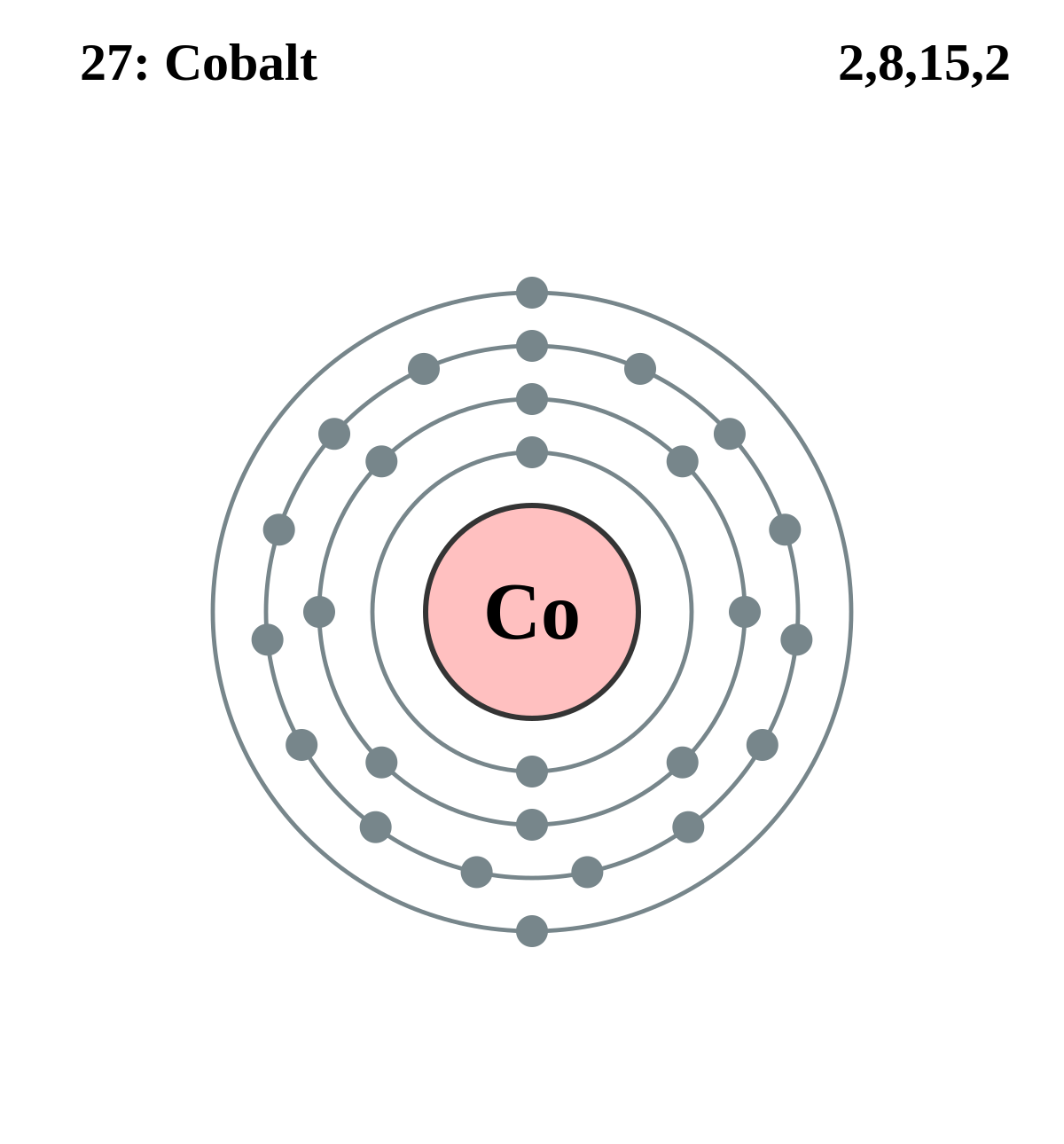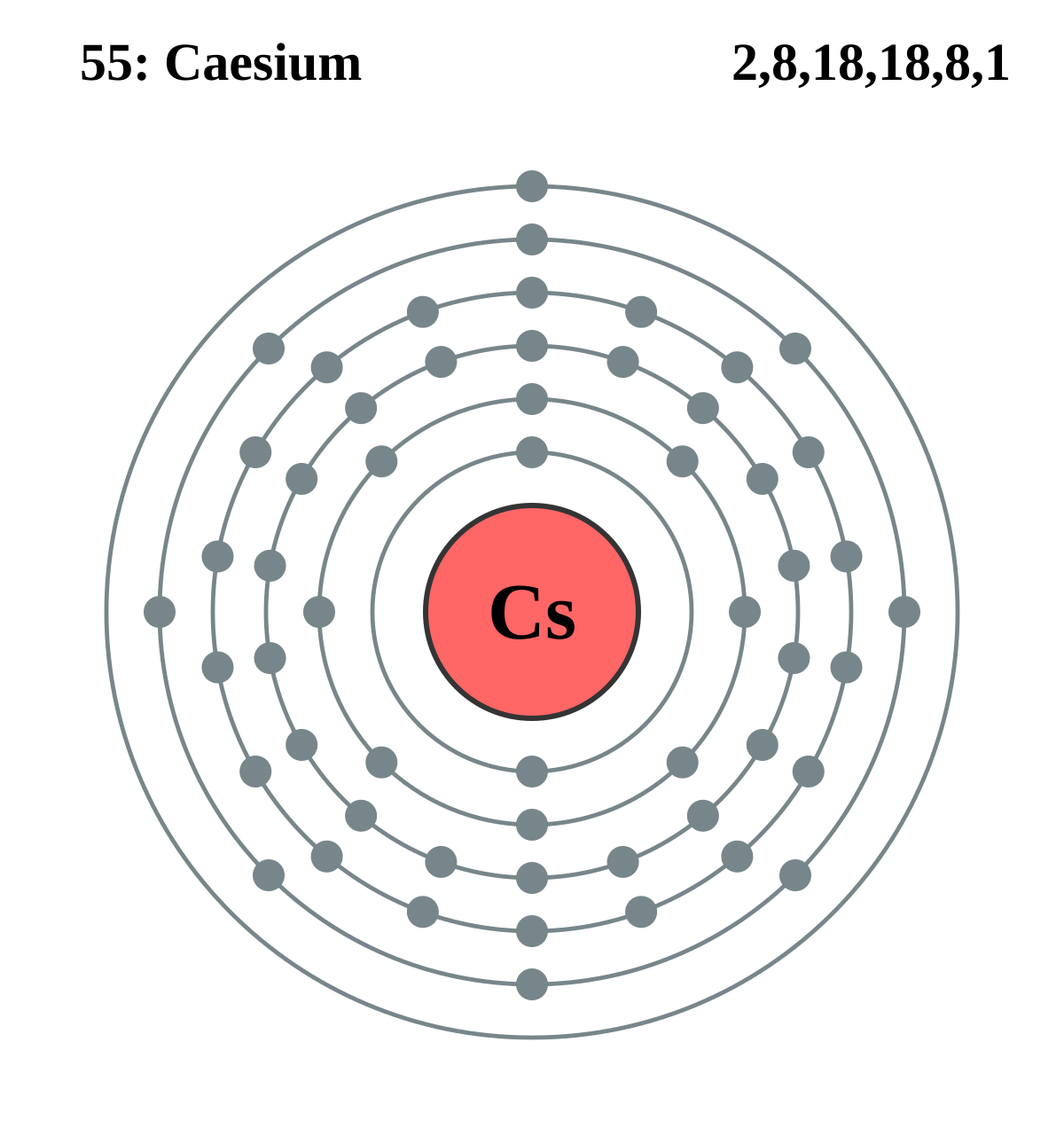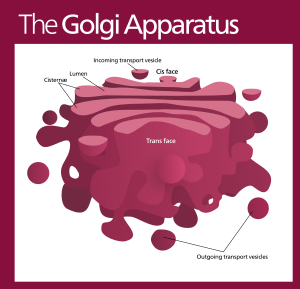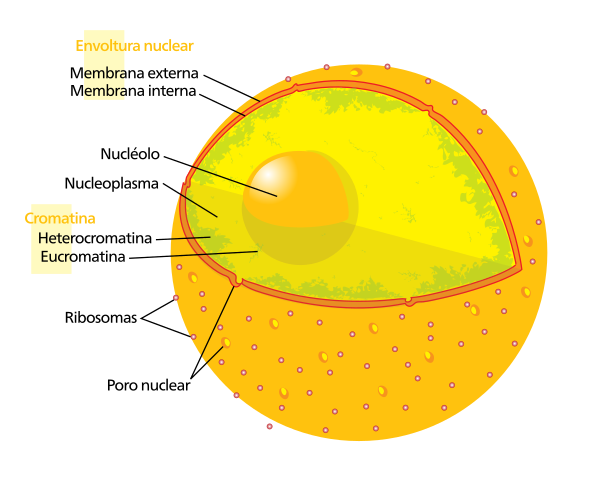User:YuRi YuZi: Difference between revisions
Appearance
Content deleted Content added
Tags: Mobile edit Mobile web edit |
Tags: Mobile edit Mobile web edit |
||
| Line 375: | Line 375: | ||
| 500–1,300 K |
| 500–1,300 K |
||
| style="background:#{{Color temperature|750|hexval}};"|<span style="color:white;">brown</span> |
| style="background:#{{Color temperature|750|hexval}};"|<span style="color:white;">brown</span> |
||
| style="background:#{{Color temperature|835|hexval}};"|magenta |
| style="background:#{{Color temperature|835|hexval}};"|<span style="color:white;">magenta</span> |
||
| {{Solar mass|link=y|0.001-0.007}} |
| {{Solar mass|link=y|0.001-0.007}} |
||
| {{Solar radius|link=y|0.8-0.14}} |
| {{Solar radius|link=y|0.8-0.14}} |
||
Revision as of 02:54, 23 March 2018
I can upload my new pictures and otherwise, strangers will remove my images. When I played my computer did the narrator said "SCTEX" as "(sk-TEKS)"? Pronounciation:/juːri-juːzi/
|
|
|
|
|
|
|
|


1. Mercury < Mars < Venus < Earth
2. Earth < Neptune < Uranus < Saturn < Jupiter
3. Jupiter < Proxima Centauri < Sun < Sirius
4. Sirius < Pollux < Arcturus < Aldebaran
5. Aldebaran < Rigel < Antares < Betelgeuse
6. Betelgeuse < NML Cygni < VV Cephei A < VY Canis Majoris < UY Scuti.
| Cell biology | |
|---|---|
| Animal cell diagram | |
 Components of a typical animal cell:
|
B - Bold
I - Italic
BI or Ы - Bold Italic
U - Underline
S - Strikethrough

Science
Astronomy
| Class | Effective temperature[2][3][4] | Vega-relative chromaticity[5][nb 1] | Chromaticity (D65)[6][7][8][nb 2] | Main-sequence mass[2][9] (solar masses) |
Main-sequence radius[2][9] (solar radii) |
Main-sequence luminosity[2][9] (bolometric) |
Hydrogen lines |
Fraction of all main-sequence stars[10] |
|---|---|---|---|---|---|---|---|---|
| O | ≥ 30,000 K | blue | blue | ≥ 16 M☉ | ≥ 6.6 R☉ | ≥ 30,000 L☉ | Weak | ~0.00003% |
| B | 10,000–30,000 K | blue white | deep blue white | 2.1–16 M☉ | 1.8–6.6 R☉ | 25–30,000 L☉ | Medium | 0.13% |
| A | 7,500–10,000 K | white | blue white | 1.4–2.1 M☉ | 1.4–1.8 R☉ | 5–25 L☉ | Strong | 0.6% |
| F | 6,000–7,500 K | yellow white | white | 1.04–1.4 M☉ | 1.15–1.4 R☉ | 1.5–5 L☉ | Medium | 3% |
| G | 5,200–6,000 K | yellow | yellowish white | 0.8–1.04 M☉ | 0.96–1.15 R☉ | 0.6–1.5 L☉ | Weak | 7.6% |
| K | 3,700–5,200 K | orange | pale yellow orange | 0.45–0.8 M☉ | 0.7–0.96 R☉ | 0.08–0.6 L☉ | Very weak | 12.1% |
| M | 2,400–3,700 K | red | light orange red | 0.08–0.45 M☉ | ≤ 0.7 R☉ | ≤ 0.08 L☉ | Very weak | 76.45% |
| L | 1,300–2,400 K | red-brown | scarlet | 0.005–0.08 M☉ | 0.8-0.15 R☉ | 0.000,05-0.001 L☉ | Extremely weak | |
| T | 500–1,300 K | brown | magenta | 0.001-0.007 M☉ | 0.8-0.14 R☉ | 0.000,001-0.000,05 L☉ | Extremely weak |
The Periodic Table
Electron Shells
Period 0
Period 1
Period 2
Period 3
Period 4
Electron shell 002 Helium
















Period 5
Period 7
Period 8 (Inttermittant)
|}
Biology Posters
|
| Cell organelle diagrams
|
| Cell cycle
|
| Minor images
|
| Cell Diagram (Improved)
|
| Translations (Originally by LadyofHats)
|
| Maps
|
| District maps
|
| Election maps (Many are derivative)
|
| Election graphics
|
| Other improvements to images
|
|-
|
Please click here to leave me a new message.
|
| This user is from Earth. |
|
| This user comes from the Philippines. |
|
| en | This user is a native speaker of the English language. |
|
| tl | Ang tagagamit na ito ay katutubong tagapagsalita ng Tagalog. |
|
| This user participates in the Solar System task force. |
|
| This user contributes using Microsoft Windows. |
|
| This user uses Google Chrome to make contributions. |
|
| R | This user's favorite color is red. |
|
| Y | This user's favorite color is yellow. |
|
| B | This user's favorite color is blue. |
| Rank | Chg | Country | Channel name | Subscribers |
|---|---|---|---|---|
| 1. | Marj S[11] | 59 | ||
| 2. | YuRi YuZi[12] | 57 | ||
| 3. | Estherini (Formerly Hunnyia)[13] | 19 | ||
| 4. | Erielle the gamer[14] | 11 | ||
| 5. | Art Sunga[15] | 2 |
| Color | Use | Notes |
|---|---|---|
| #00c000 | Concurrency terminus | |
| #808080 | Closed | Previously complete and open, but now closed (temp. or perm.) |
| #ffff00 | HOV only | Interchange/intersection only accessible to high-occupancy vehicles (HOV) |
| #ff0000 | Incomplete access | Some ramps/movements missing |
| #0058ff | ETC/Tolled | Interchange or bridge requires the use of electronic toll collection or is otherwise tolled as an exception to the rest of the roadway |
| #ff6600 | Unopened | Interchange/intersection being constructed, not yet open to traffic |
| #00ffff | Route transition | Indicates a transition from one route number to either another route number, or a section without a route number, along a named road |

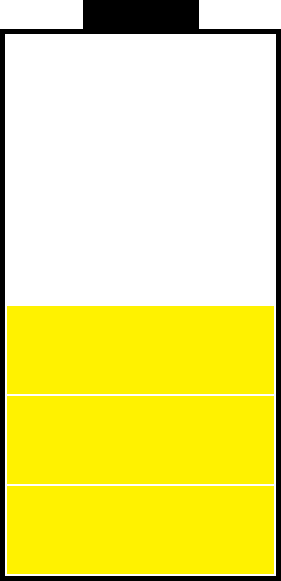

My Uploads





- ^ a b c RGB approximations of RYB tertiary colors, using cubic interpolation.[1] The colors are paler than a simple mixture of paints would produce. For the darker, true secondary colors, see secondary color. Pure tertiary colors would be darker still.
- ^ a b c d Habets, G. M. H. J.; Heinze, J. R. W. (November 1981). "Empirical bolometric corrections for the main-sequence". Astronomy and Astrophysics Supplement Series. 46: 193–237 (Tables VII and VIII). Bibcode:1981A&AS...46..193H. – Luminosities are derived from Mbol figures, using Mbol(☉)=4.75.
- ^ Dupuy, Trent J.; Kraus, Adam L. (September 2013). "Distances, Luminosities, and Temperatures of the Coldest Known Substellar Objects". Science. 341 (6153): 1492–1495. arXiv:1309.1422. Bibcode:2013Sci...341.1492D. doi:10.1126/science.1241917. PMID 24009359.
- ^ Weidner, Carsten; Vink, Jorick S. (December 2010). "The masses, and the mass discrepancy of O-type stars". Astronomy and Astrophysics. 524. A98. arXiv:1010.2204v1. Bibcode:2010A&A...524A..98W. doi:10.1051/0004-6361/201014491.
- ^ "The Colour of Stars". Australia Telescope National Facility.
- ^ Moore, Patrick (1992). The Guinness Book of Astronomy: Facts & Feats (4th ed.). Guinness. ISBN 0-85112-940-4.
- ^ "The Colour of Stars". Australia Telescope Outreach and Education. 21 December 2004. Retrieved 26 September 2007. — Explains the reason for the difference in color perception.
- ^ Charity, Mitchell. "What color are the stars?". Vendian.org. Retrieved 13 May 2006.
- ^ a b c Cite error: The named reference
bdevolwas invoked but never defined (see the help page). - ^ Cite error: The named reference
LeDrew2001was invoked but never defined (see the help page). - ^ Cite error: The named reference
Marj Swas invoked but never defined (see the help page). - ^ Cite error: The named reference
YuRi YuZiwas invoked but never defined (see the help page). - ^ Cite error: The named reference
Estheriniwas invoked but never defined (see the help page). - ^ Cite error: The named reference
Erielle the gamerwas invoked but never defined (see the help page). - ^ Cite error: The named reference
Art Sungawas invoked but never defined (see the help page).
Cite error: There are <ref group=nb> tags on this page, but the references will not show without a {{reflist|group=nb}} template (see the help page).




























